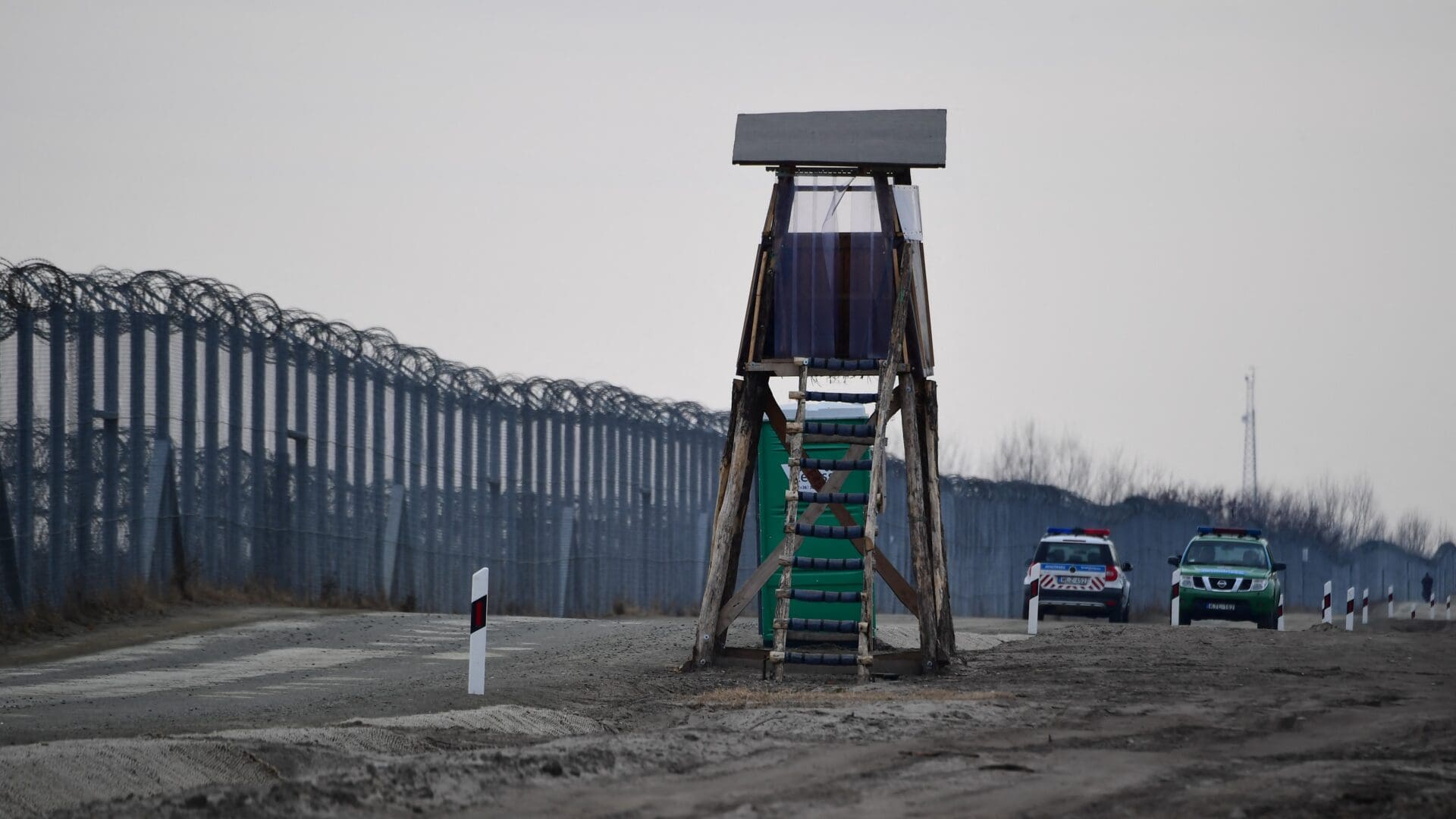In the first half of this year, there was an increase in migration inflows at most of the European Union’s external borders, particularly in the Canary Islands, the border with Belarus, and the eastern Mediterranean, according to the EU Border and Coast Guard Agency Frontex, announced on Thursday.
The Warsaw-based EU agency’s report indicates that along the eastern Mediterranean route, primarily affecting Greece and Cyprus, national authorities dealt with 24,999 illegal migrants in the first six months of the year. In June alone, authorities reported 2,701 border violations on this route.
Over the examined six-month period, the number of illegal migrants crossing the EU’s eastern border with Belarus increased by 148 per cent. From January to the end of June, 6,725 people crossed the EU’s eastern borders illegally, including 1,270 in June.
The most significant increase in migration data, a rise of 174 per cent, was reported by the authorities in the Canary Islands, part of Spain. In the first half of the year, 19,636 people landed illegally.
In June alone, 2,587 people arrived unlawfully in the EU.
Along the sea border shared by the EU and the United Kingdom, 27,100 people attempted to cross between January and June, a 24 per cent increase compared to the same period last year. In June alone, 5,280 people set out for the UK.
In the western Mediterranean, primarily affecting Spain, the migration route saw 5,654 detections in the first half of the year, a 4 per cent increase compared to the same period last year. In June, authorities dealt with illegal migrants 854 times on this route.
The central Mediterranean route, mainly affecting Italy, which recorded the most illegal border crossing attempts last year, saw 25,653 people trying to enter the EU in the first half of the year. This represents a 61 per cent decrease compared to the same period in 2023. In June, 4,472 such cases were reported on this migration route.
There were also fewer illegal migrants recorded on the migration route through the Western Balkans, where national authorities had to act in 10,642 cases in the first half of the year. This is a 72 per cent decrease compared to the same period last year. On this route, 1,502 people attempted to enter the EU in June.
Frontex added in its report that most of the migrants on these routes were Syrian, Malian, and Afghan nationals.
Related articles:







